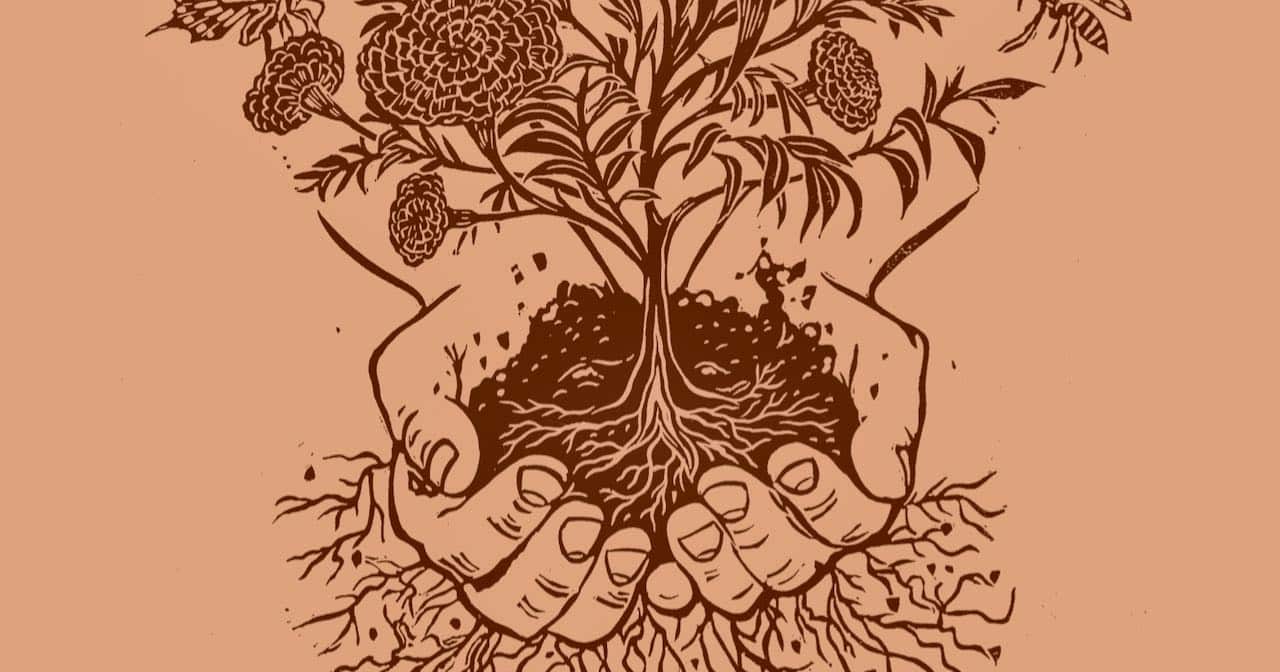
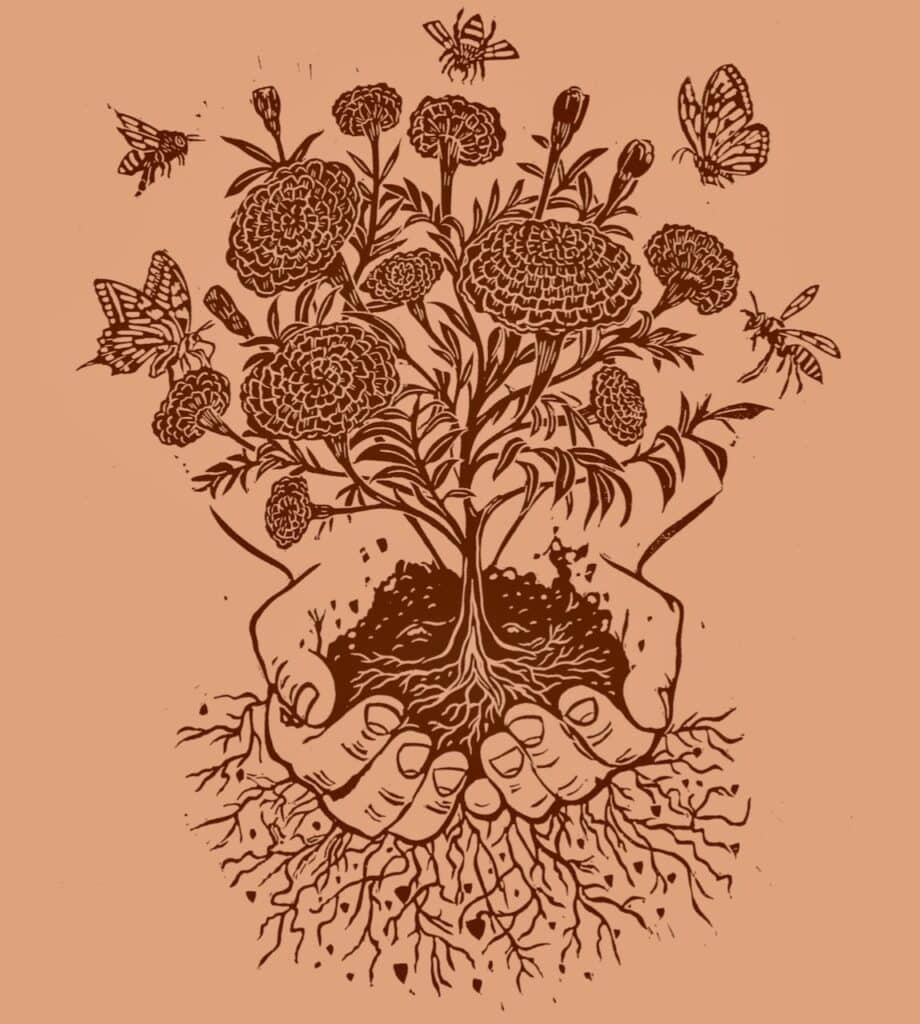
A note: this article is partly an extract from The Milkwood Permaculture Living Handbook – from chapter one, Observe and Interact.
If you’re not familiar with this book, you might like to start by reading the Habits, Hope and the Power of and/also … or the What is Permaculture extracts. Just an idea. These thoughts lead on to the chapters of prompts, actions and ideas to get you started with living like it matters, starting with chapter one, Observe and interact. Ok, here we go.
Observe and Interact is the first of Holmgren’s permaculture principles. But it’s also a prompt, that can lead you to all kinds of amazing new adventures, wonderings, and knowings.
In times like these – we need to act, to make things better… and we also need to pause at times, and get comfortable with stillness, in order to truly see what is around us. To feel what is inside us.
Practicing new ways of seeing, and taking action as a result of this new learning, can help keep us together, deepen our connection with the life all around us, and, on a practical level, help us each get by, in times like these.
Ok so that sounds a bit existential, AND IT IS. But it is also a very simple concept, that you can try out next time you step out your front door. What is there, on the ground infront of you (or in the sky above you), that you may not have seen before?
What does it mean to truly see something?
And how can we best make good decisions, and take positive action, as a result of that seeing?
For all the other animal species around us, the principle of Observe and interact is a constant state of being.
Observing with all of your senses is a given if you’re a small fluffy thing that lives in a forest (pick whatever species works for you; I’m going with bandicoot, but you do you).
Without this constant, awakened level of observation and interaction on multiple levels, life in the forest can be short. For humans, however, there’s a certain sense that we’ve outsourced this decision-making process of ‘what to do next’.
And while some of this outsourcing has yielded some excellent results – you could be forgiven for thinking that we’ve lost more of our animal, instinctual, observational selves than is healthy along the way. We still notice, observe and react to plenty of the ‘in your face’ happenings of life, of course.

But what about the smaller, everyday things that are happening all around us, and inside us?
What can we learn, and what can we reclaim of ourselves, by gathering a deeper understanding of these smaller things?
This permaculture principle is all about reclaiming a little of your inner bandicoot – and giving yourself permission to deeply consider a bit more of the everyday everything: the feelings in your tummy, the ground under your feet, the clouds in the sky and everything in between.
What might observing – really learning to see, to be aware – look like in your day-to-day life? How can you cultivate new skills in observing, learning and interacting in a way that empowers you to take actions that make life better?
Don’t worry; you don’t need to be standing in a pristine ecosystem or a beautiful garden to get started with any of this.
Engaging with your immediate environment can begin at a very practical level, without even going outside; for example, by simply choosing different ways to regulate your own temperature. Can you put on a jumper, instead of turning up the heat? Should you open the blinds this morning to let the warm sun in, or keep them closed so the house stays cool?
Now take a step further out. Do you notice how much water is washed down the gutter, or how much fresh food seems to go to waste in your fridge because you just don’t get to it? When was the last time you truly noticed the seasonal changes in your neighbourhood?
Have you seen any bees in your yard lately? Simply observing these things is the first step in engaging with them.
The ‘interact’ part of this chapter is where the fun really starts.
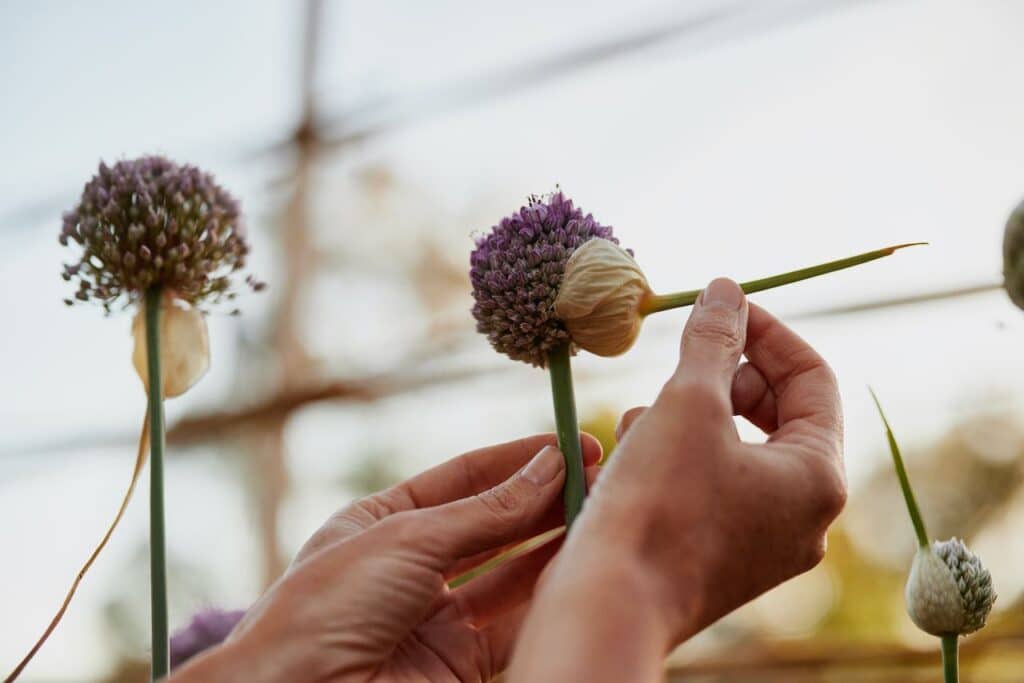
What you choose to do with the new- found knowledge you gain from observing, and how you can make changes as a result, is limited only by your imagination . . . which is a good thing. Because we know you have plenty of imagination. And may I let you in on a little secret?
Every single small change you decide on, each small habit you form, and each action you take adds up to – your life. So how do you truly want to live? It’s the habits and actions of every day that will get you there.
To get you started, we’ve gathered together some darn fine ideas for ways that you can Observe and Interact in your home and local ‘hood.
Might we suggest that you read through and then pick one (or dream up your own, once you see what we mean) to make into a new habit or project, at your place?
Doing this, committing to one small new habit, action or project, is a great way to gently move forward, AND powerfully hold yourself accountable to where you’d like to go, with creating a more abundant life.
And once you’ve got that one thing down, choose another small habit to add into your every day.
And then another, and another. Who knows what amazing place you’ll find yourself in, by the end of all this….
Ways to Observe and Interact you can try right now:
- Get To Know 5 Wild Plants Near You
- Learn About the Life Cycle of One Product You Use Daily
- Learn How to Pay The Rent
- Work on Actively Managing Your House’s Temperature
- Connect With Your Local Waterway

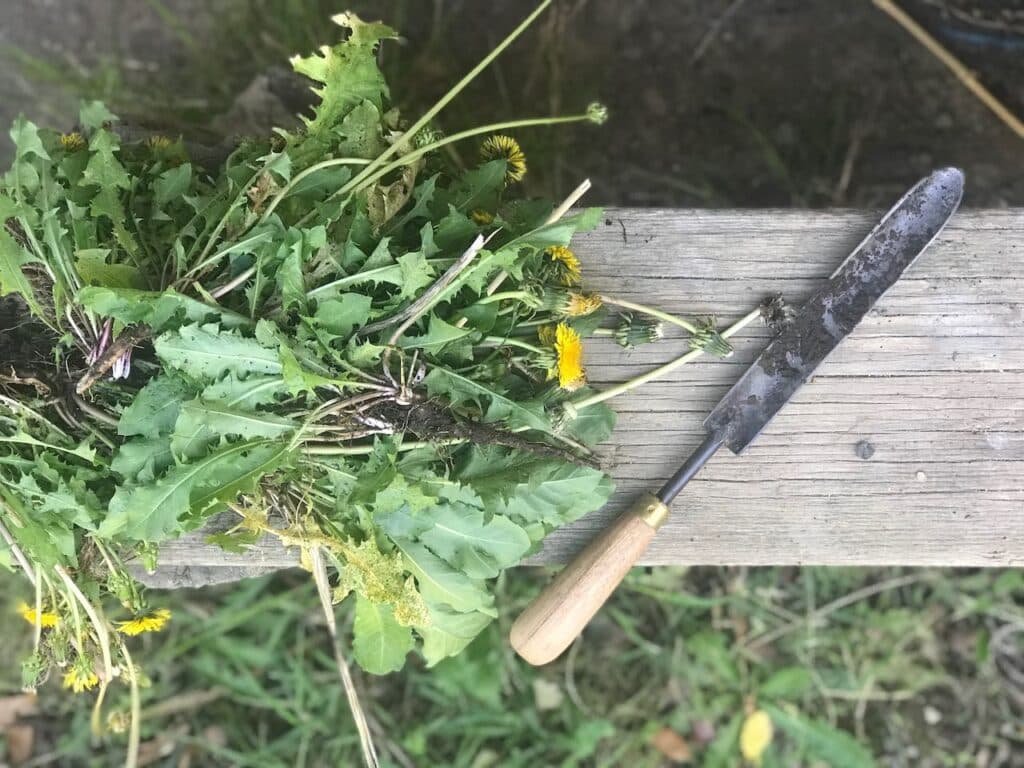
Get To Know 5 Wild Plants Near You
Learning to identify your local weeds (which we prefer to call ‘wild plants’) is an excellent way to build your observation skills and your relationship with your ecosystem any time, in any place.
Because these are the types of plants which will often grow literally anywhere.
You don’t need a backyard, or a garden, or a farm to be in relationship to these lifeforms: a willingness to learn and eyes tuned to pattern-recognition mode will get you started, wherever you live.
But why bother learning about, gathering and using weeds? Well, it’s a simple way to build your resilience, and connect you to the place where you live.
Once you become a proficient forager, you can gather wild plants locally and use them at home to make tasty, nutritious dishes and simple medicines. Minimum food miles, zero packaging and maximum connection to the place you call home. And all for free.
Our local wild plants tell us about where we live and what the landscape is going through: where the wet patches are, where the soil is compacted, what used to be there.
They also connect us with histories – our own and those of families who came before us – medicine, food, fibre and stories.
By learning to use your local weeds, you can reinvigorate this ancestral knowledge and pass it forward, so others can develop vital and functional connections to the plants and places where they live, too.
Cultivating this habit will change the way you see your street, your local parks and even what pops up out of your pot plant’s soil. It’s a great honour to meet the wild plants where you live; they have a lot to teach you…


Learn About the Life Cycle of One Product You Use Daily
When was the last time you thought about where your toothpaste comes from, or what it was before it was turned into toothpaste? Let me guess: never? That’s the thing about everyday household products; they’re all around us, yet we rarely pause to actually ‘see’ them.
We’re too busy brushing our teeth with them, washing up with them or cleaning the bench with them.
Yet each product we purchase comes with an impact, especially the items we buy regularly and don’t really think about.
Taking time to dig into one (yes, start with just one!) of these products can be eye-opening. You might observe how your toothpaste, say, connects you with faraway supply lines, raw materials, manufacturers and communities of people and their landscapes, all of which are implicated each time you brush your teeth.
This deep knowledge can inform all sorts of choices or changes. It’s possible you will discover previously unseen impacts that don’t quite sit right with you, now that you know.
Perhaps the ingredients in that ‘nature scented’ cleaner you use each week are actually not very good for you or your family. Or a faraway ecosystem is being damaged by your go-to dental floss. Or landfill is the only disposal option for a certain item, once you’ve finished with it…
* Awareness doesn’t need to be a guilt trip – This is meant to be an exercise in observation and interaction, not a guilt trip. You may find out that a product that you use every day is not great for the environment, but you may not have an alternative, at this point. Committing to this habit is a way to build awareness, which will lead to the possibility of choices that better align with your own personal ethics – maybe right now, or maybe later.
Whatever you decide, life cycle mapping of an everyday item will help you better understand the value and impact of what you’re bringing into your home.

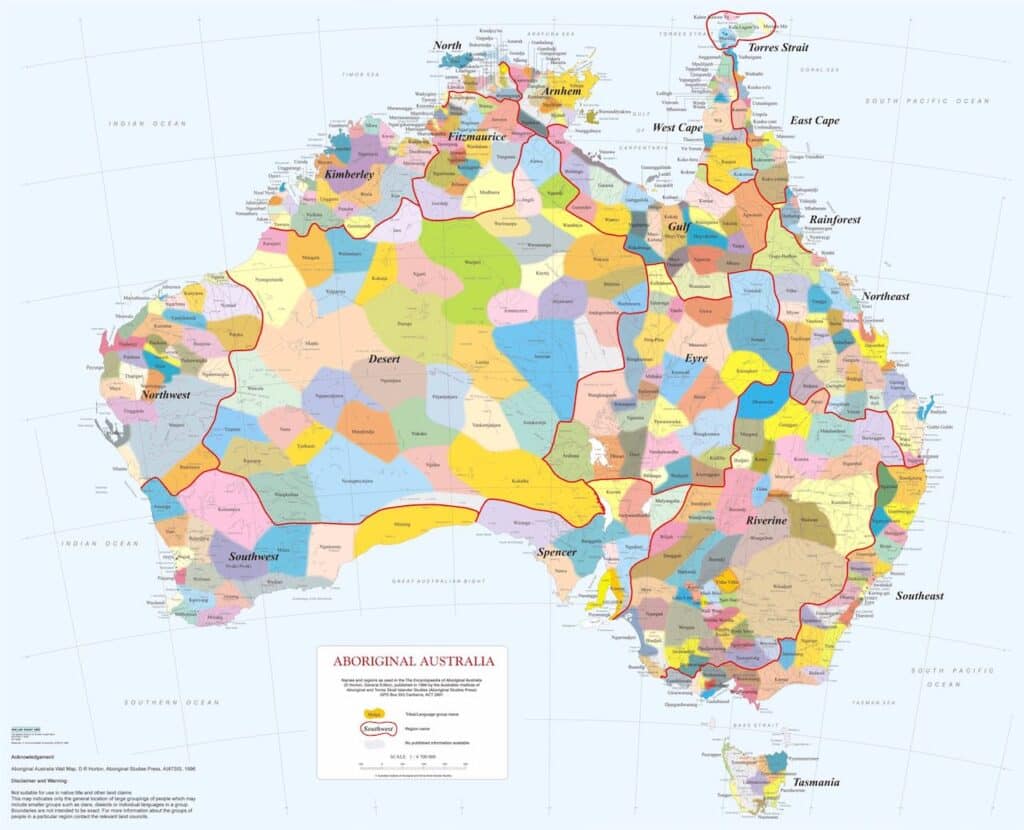
Learn How to Pay The Rent
“Australia is founded on land that was stolen from Indigenous people. The wealth that has been generated by that theft is disproportionately distributed. All people who live here today, or who have lived here in the past, have not benefited equally from the continuing dispossession of Indigenous people. Indeed, many are deliberately and profoundly marginalised from power and the spoils of colonialism.
Paying the rent is a step towards acknowledging these facts. It is part of a process that all non-Indigenous people – individually and collectively – need to enter into if we are to move towards justice, truth, equality and liberation for First Nations people” – Pay The Rent Grassroots Collective
This fundamental habit is very simple, and you can start doing it today. Pay the rent to the people upon whose traditional lands you live and work and benefit from, each and every day.
Nearly everywhere (in Australia, at least), the Country beneath your feet was never ceded – it was colonised. Taken. And whether you’re a homeowner, renter or otherwise, you now directly benefit from this Country, as well as its traditional owners’ knowledge and stewardship. So, pay the rent.
Hopefully, in the future, we will all work together to achieve reparations for traditional owners. But we’re still a fair way from achieving this kind of large-scale, coordinated response.
What you CAN do though, right now – without waiting for further permission or structural reform – is pay the rent yourself.
This is not about white guilt, or colonial settler guilt – it’s about simply checking your privilege. And doing the right thing.
Not living on stolen land, but part of a nation or state that is or was a force of colonisation, and thereby deeply associated with the extraction of resources and historical injustice to Indigenous peoples that goes along with that? This action is for you, too.

Work on Actively Managing Your House’s Temperature
We all like to keep warm in winter and cool in summer. It’s a mammal thing.
But all that gas or electricity for heating and cooling can be your household’s single biggest contributor to carbon emissions, a driver of climate change. Plus these systems are often expensive to run.
The good news is you will see a huge difference by making simple, small behavioural changes or adjustments to your home and environment that will have positive effects for your health, household budget and the planet, too.
Actively managing the temperature of your home when possible – and turning off the air conditioning and heating whenever you can – is actually quite doable, in most climates. And in every climate, there’s things that you CAN do, to make life a bit more comfortable, without ongoing cost.
And it is possible no matter where you live: in every country and city, in rentals, apartments and farmhouses, and everywhere in between. Because this is partly about your own behaviour, and rethinking that, as well as all the other factors at play….

Connect With Your Local Waterway
This habit is subtle but powerful: how much do you know about the water that flows around where you live? Where does it come from and where does it go? These waterways were once intrinsic to your community’s health on a practical, day-to-day basis. Water is life, after all.
These days, many of us are disconnected from our local waterways. No matter how urban our local ’hood, we can deepen our sense of connection to place. This is an exercise in observation, interaction and discovery, which can reveal all sorts of things about your place – in a similar way to learning about the wild plants where you live.
Discovering your local waterways can involve looking at maps, doing some research, possibly using your feet and committing some time. While investigating, you might pause to reflect on what the state of your local waterway says about your community. What does the health of your waterway mean for ecosystems and communities downstream too?
While pondering all that, you might also find yourself thinking, ‘Hey, wait a minute – where does the water from my sink and shower go?’ Well, it goes to a variety of places, depending on where you live, but it will always wind up in your local water table, waterway or ocean.
So, how you interact with the water in your house has a flow-on effect to larger water bodies near and far.
Yes, those same water bodies you’re about to get more acquainted with!
Knowing more about the health – or lack thereof – of these waterways might spark questions, such as: ‘What biosphere-safe soaps and detergents can I use or make, to minimise my impact?’
Even if you opt only for discussing what you’ve learned about your local waterways, this observing and interacting will add richness to your daily routine, and depth to your understanding of your place….
Observe and Interact – with David Holmgren
Hey, while we’re here, we thought we’d share this video lesson from our Permaculture Living course with you…
It’s the first lesson in the Observe and Interact week of the course – with Dave explaining a bit about the principle, and Kirsten expanding on what kind of small actions you can take to get started with it all.
(for context, after this lesson, we work through a bunch of actions and options with students – as video lessons, live community chats and downloadable guides… mentoring them as they go, to learn new skills and try new stuff.)
Here’s the video:
Time to check in….
How are you feeling about all these possible projects and futures? Excited? Overwhelmed? Can’t wait to get going? Have you scribbled a million notes?
Can you more clearly imagine new worlds, with more fun, more possibility and more hope, that you can see yourself being an integral part of? It’s possible. It’s all possible.
Just remember: no-one needs to do all the things. But we can each do some of the things. Take on one new habit or one small project at a time, and keep at it until it’s part of your new normal. No big deal.
And once it’s just something that you do, that you enjoy and that works for you and yours . . . choose the next new habit or project. And build that future of yours, piece by piece.
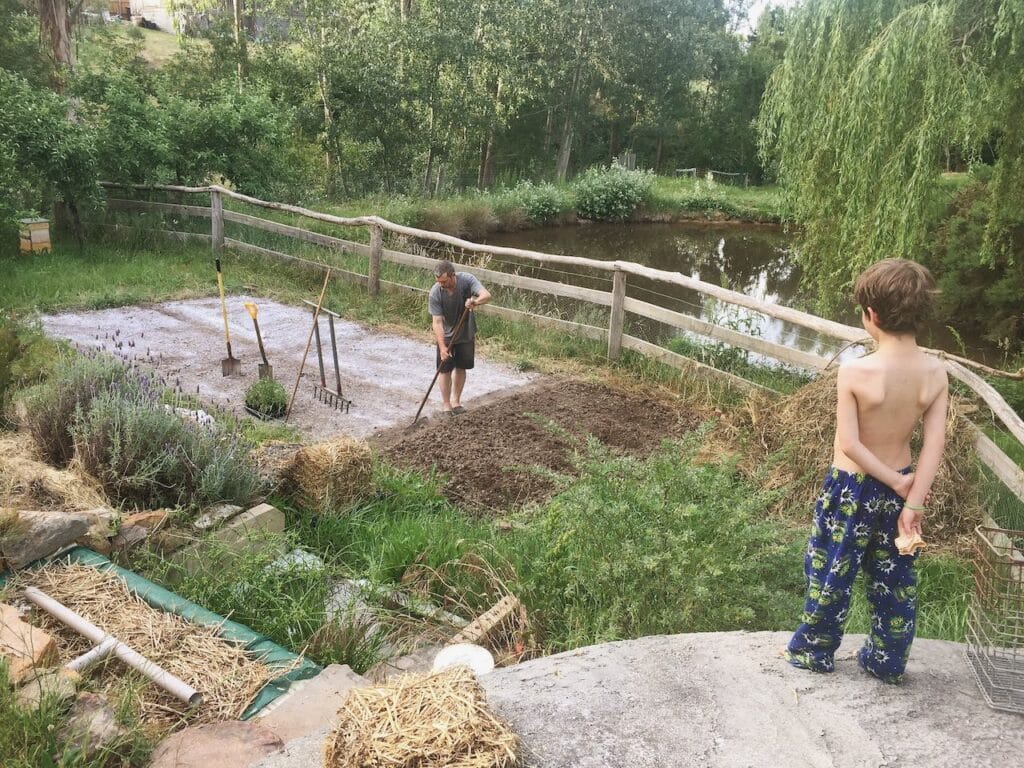
This is how we build lives that are worth living, and how we change the world. By changing our worlds – each of us, and all of us together – with small endless days that add up to lives that are rooted in meaning, in relationship and reciprocity, and grounded in purposeful action and hope.
Living at this time on Earth – with all of the challenges and all of the beauty – with our feet on living soil and our hearts wide open.
Thanks for reading – plz comment if you have any thoughts?
All the extracts from the Milkwood Permaculture Handbook are collected here, and all the extracts of the Permaculture Living course are here. Go well x.

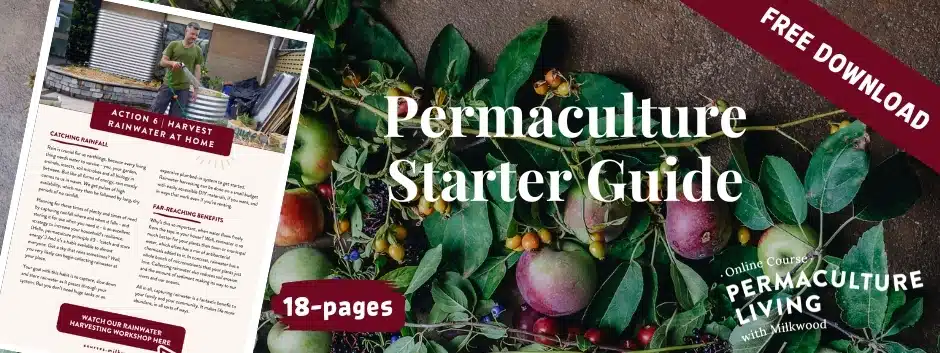
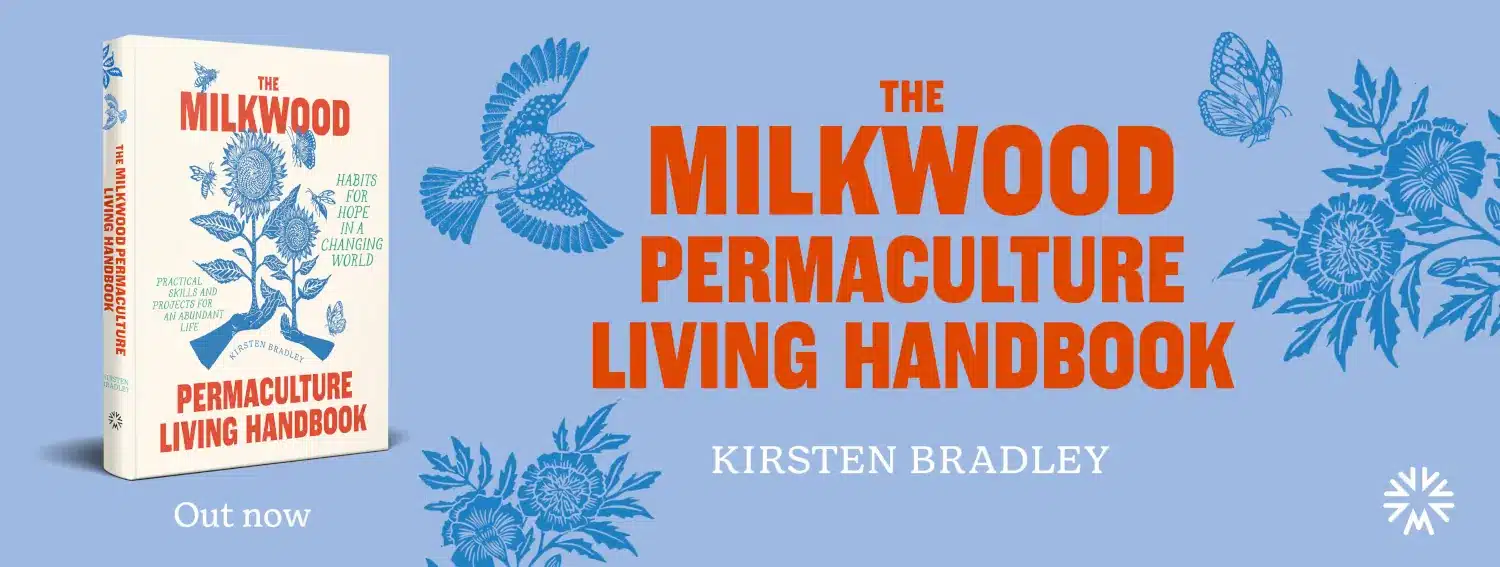
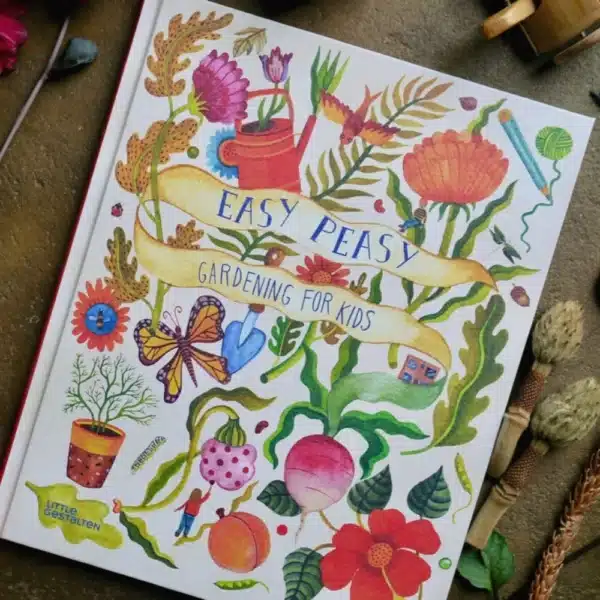
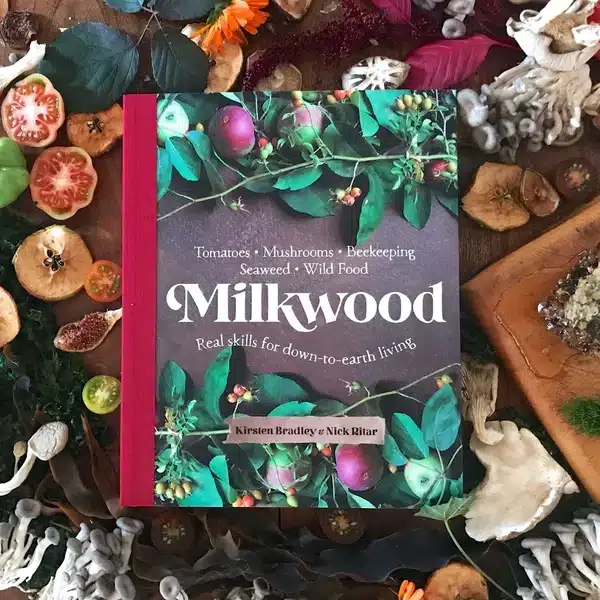
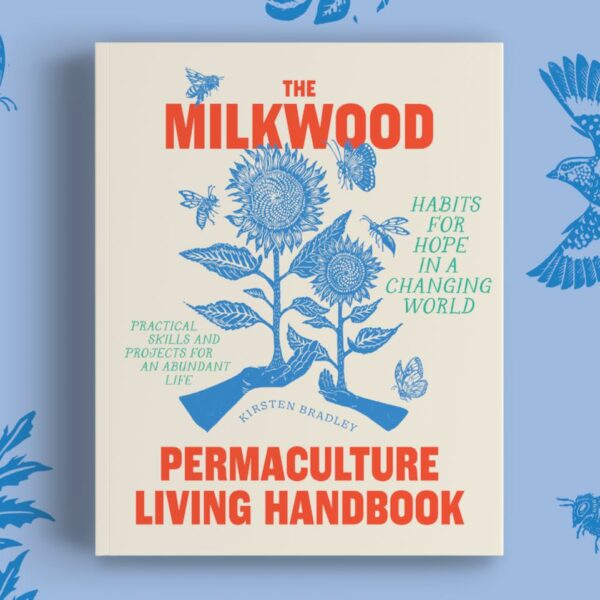






Loved this article. You’ve probably come across it but can I recommend a book: The Sound of a Wild Snail Eating by Elisabeth Tova Bailey. It’s special.
I have been recommended this book but not yet read! Thanks for the extra push 🙂
Sometimes we might think, Oh what’s is to see ? What do we do ? Do we just change stuff, driven by our learning and knowledge ?
IMHO this 1st principle is the most difficult to work with. Why ? I think it is because it tells you to do nothing until you really understand the site.
Eg: Every school I have worked in has a plague of Indian Mynas. Why?
By sitting and observing and contrasting school management can see what is lacking and what is needed.
Some schools actually do something about the problem.
yep it’s a bit of the opposite from how the rest of our days function, hey? Hope you found some solitions to regaining a bit of balance with the mynahs – what did you come up with?
Funny I should open this now…having a quiet cuppa on my verandah (north east Victoria) and a melodic whistling is coming from a nearby tree. An answer from another tree. Who can this be? Not a call I know but kinda sounds like it could come from a member of the parrot tribe. I can only see silhouettes against the sky but see a movement that indeed looks like a small parrot. A good start to the day! The welcome swallows are having a good chat down at the shed.
Loved reading this article this morning, thank you.
Enjoy your companions Jane. Thanjs for sharing.
Beautiful! Yes I have a few bird friends that i still *can’t quite work out* who they are (they are clearly small, and sit very high in the trees)… I can sometimes be found peering at trees for longer than I should, trying to work out who it is! Either way, they are seasonal sounds that I know and love. Hoping to meet their makers, one day 🙂
Love reading your emails and articles, and a good reminder of permaculture principles. Enjoy all the responses too, and they were so lovely I thought I would share mine. My friends are amazed at how many different bird (and other) species visit my series of bird baths, and its because of applying that principle of observe and interact. Bird watching and researching what local birds you have and their habitat requirements is so interesting and rewarding. I have a series of different size and depths, pot plant saucers mainly, all with rocks and shallow areas in them, lots of carefully… Read more »
love this, Kerrie! 🙂